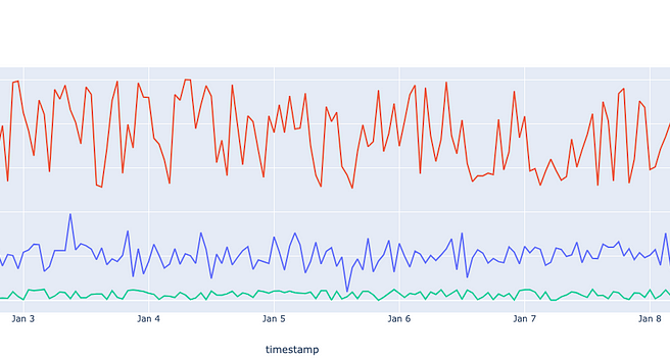Medium
2d
343

Image Credit: Medium
Space-Based Data Science
- Space infrastructure projects are increasingly incorporating data science and machine learning for managing complex operations in the aerospace industry.
- The utilization of techniques like predictive maintenance, anomaly detection, orbital optimization, clustering, and interactive dashboards has proven pivotal for informed decision-making in satellite operations.
- The wealth of data from satellite telemetry, sensor networks, and communication systems can be leveraged to enhance operational planning, maintenance, and real-time decision-making in the space ecosystem.
- Key components of space infrastructure optimization include time-series forecasting, anomaly detection, optimization algorithms, graph-based representations, advanced clustering, and ensemble learning techniques.
- Primary methods involve simulating satellite telemetry data, visualizing trends in component health, building time-series forecasting models using Prophet, and detecting anomalies with classical methods like Isolation Forest and deep learning models like LSTM Autoencoder.
- Optimizing orbital maneuvers involves a differential evolution algorithm to balance fuel usage and transfer time, while Graph Neural Networks (GNNs) offer insights into satellite constellation interactions.
- Space weather prediction using features like component temperature, battery level, and altitude, clustering with UMAP and HDBSCAN, ensemble learning through stacking, and visualization with alluvial diagrams are also integral to efficient space-based data science practices.
- Future directions include real-time data integration, deployment of production-grade pipelines, experimentation with transformer architectures, multi-agent reinforcement learning, and data fusion for enhanced analysis in space data science.
- This article presents a comprehensive framework for optimizing space-based infrastructure through data science and machine learning, providing a roadmap for practitioners to navigate the complexities of space operations efficiently and safely.
Read Full Article
20 Likes
For uninterrupted reading, download the app